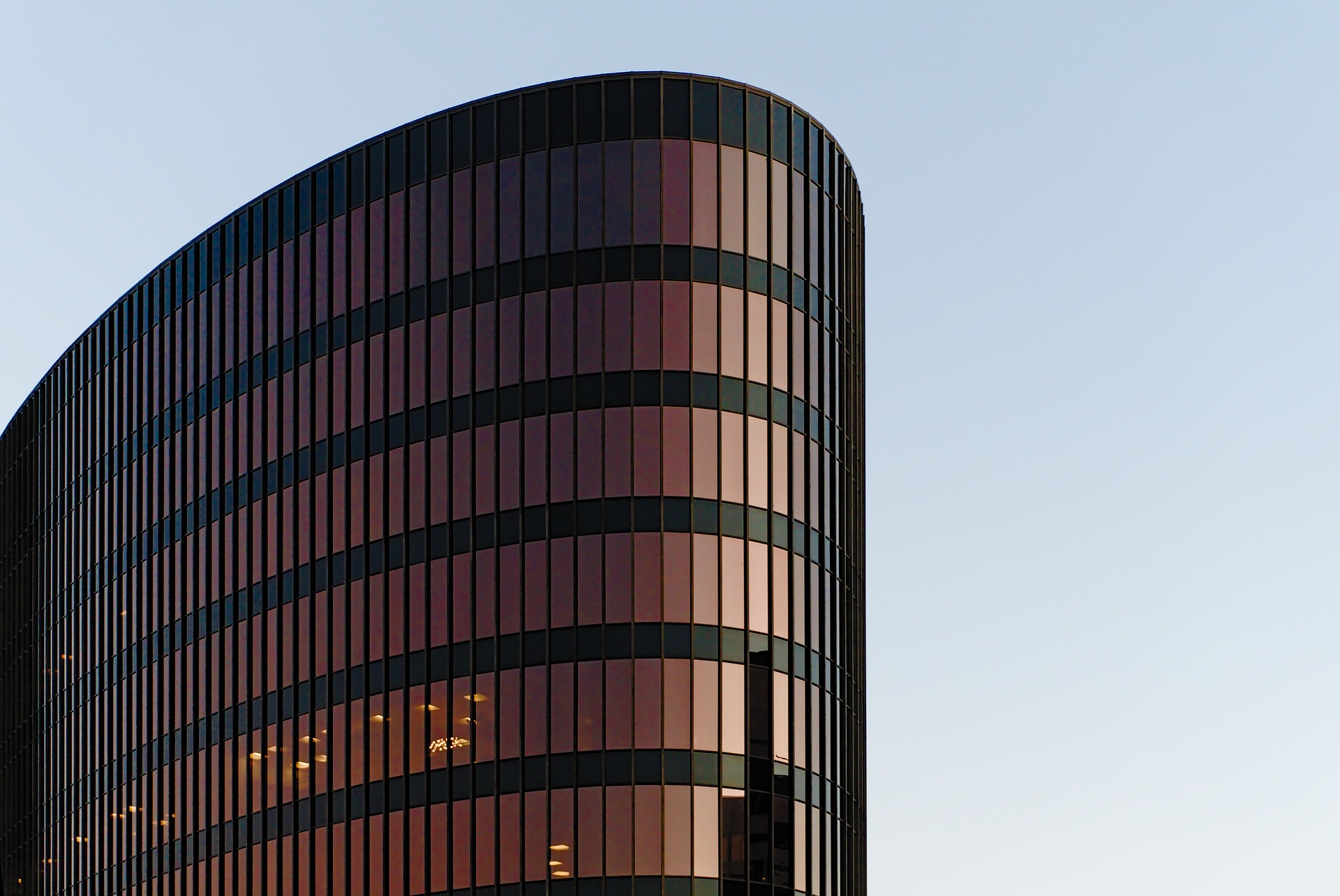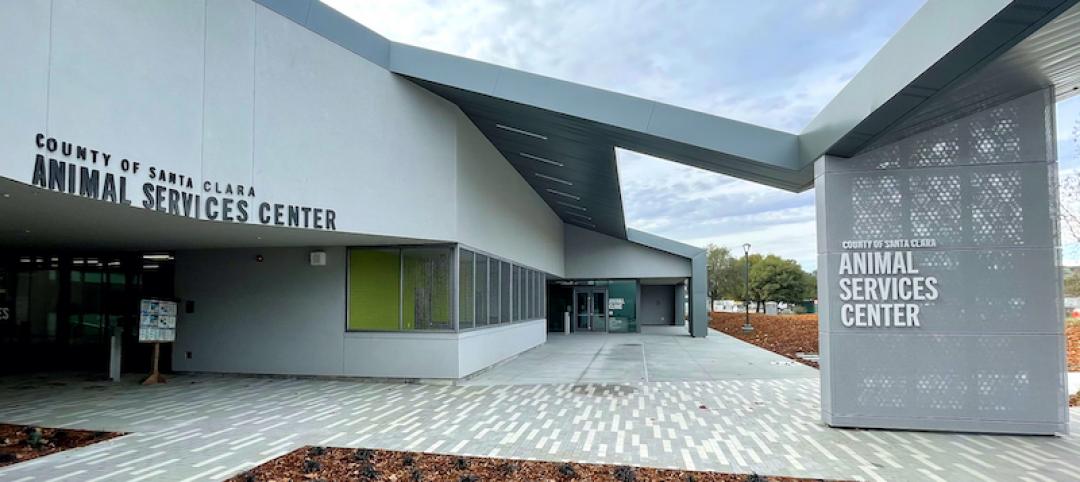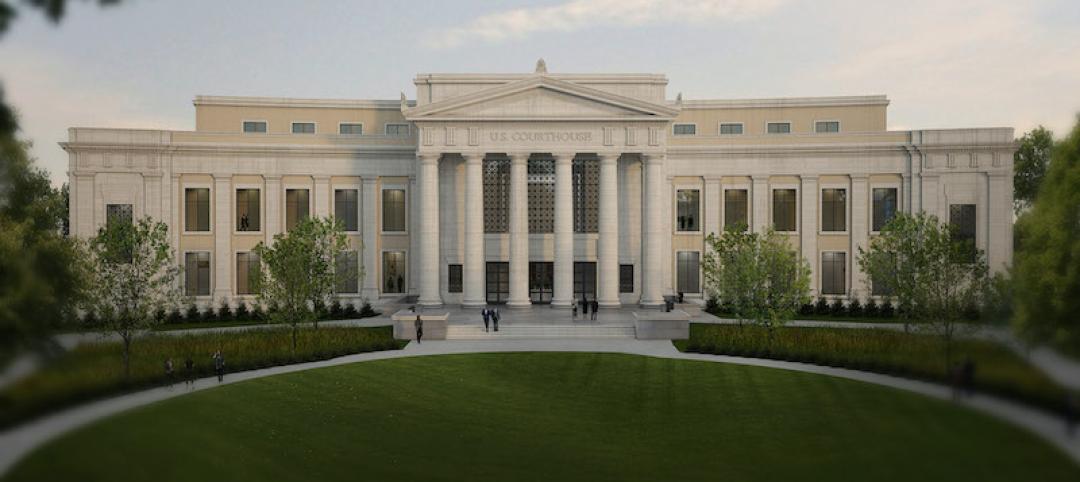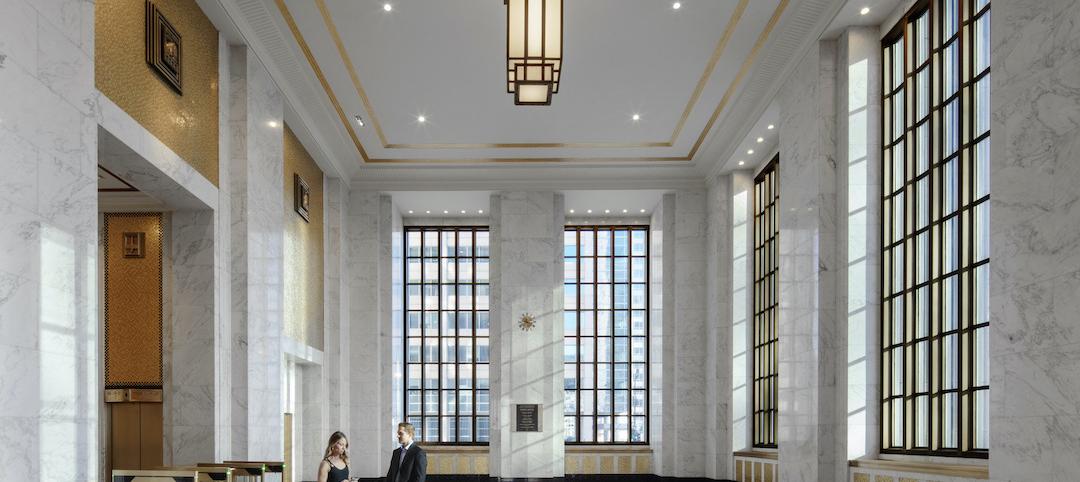The U.S. General Services Administration (GSA) adopted a new rule with new accessibility guidelines for federal buildings.
The rule establishes that pedestrian facilities in the public right-of-way are readily accessible to and usable by people with disabilities. GSA’s action creates a uniform federal standard that aims to ensure all new and modified pedestrian facilities, such as sidewalks and crosswalks, are accessible and meet the Architectural Barriers Act of 1968, as amended.
The new rule requires enhanced accessibility features, including pedestrian signals and alternate access routes. The new standards:
- Increase sidewalk sizes and widths to make it easier for people to pass on the sidewalk, reducing accidental collisions and better accommodating mobility aids such as walkers, rollators, and wheelchairs.
- Regulate the ground slope at passenger loading zones, preventing them from being too steep for people with mobility disabilities to climb.
- Mandate better audio and tactile warning systems, including audio signal warnings, truncated domes, and detectable warning pavexxrs, increasing pedestrian safety by alerting pedestrians to an imminent street crossing or to when they have the right-of-way to cross the street.
This new rule is applicable to all federal new construction, alterations, and renovation projects.
Related Stories
Resiliency | Jun 24, 2021
Oceanographer John Englander talks resiliency and buildings [new on HorizonTV]
New on HorizonTV, oceanographer John Englander discusses his latest book, which warns that, regardless of resilience efforts, sea levels will rise by meters in the coming decades. Adaptation, he says, is the key to future building design and construction.
Digital Twin | May 24, 2021
Digital twin’s value propositions for the built environment, explained
Ernst & Young’s white paper makes its cases for the technology’s myriad benefits.
Government Buildings | Mar 4, 2021
A new animal services center in California reflects current care trends
The Center includes the region’s only place set up to shelter and rehab large livestock.
Government Buildings | Feb 26, 2021
Design unveiled for federal courthouse in Huntsville, Ala.
Fentress Architects is designing the facility in collaboration with Studio Scarab Architecture Interiors Planning and Payne Design Group Architects.
Market Data | Feb 24, 2021
2021 won’t be a growth year for construction spending, says latest JLL forecast
Predicts second-half improvement toward normalization next year.
Government Buildings | Feb 9, 2021
The New Johnson County Courthouse opens in Olathe, Kan.
Fentress Architects, in collaboration with TreanorHL, designed the project.
Government Buildings | Feb 1, 2021
U.S. Embassy in New Delhi breaks ground on expansion
Weiss/Manfredi is designing the project.
Giants 400 | Dec 16, 2020
Download a PDF of all 2020 Giants 400 Rankings
This 70-page PDF features AEC firm rankings across 51 building sectors, disciplines, and specialty services.
Giants 400 | Dec 3, 2020
2020 Science & Technology Facilities Giants: Top architecture, engineering, and construction firms in the S+T sector
HDR, Jacobs, and Turner head BD+C's rankings of the nation's largest science and technology (S+T) facilities sector architecture, engineering, and construction firms, as reported in the 2020 Giants 400 Report.



![Oceanographer John Englander talks resiliency and buildings [new on HorizonTV] Oceanographer John Englander talks resiliency and buildings [new on HorizonTV]](/sites/default/files/styles/list_big/public/Oceanographer%20John%20Englander%20Talks%20Resiliency%20and%20Buildings%20YT%20new_0.jpg?itok=enJ1TWJ8)













